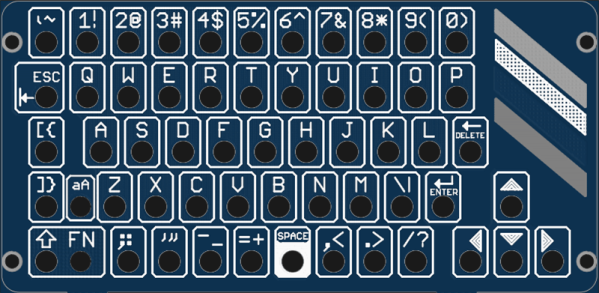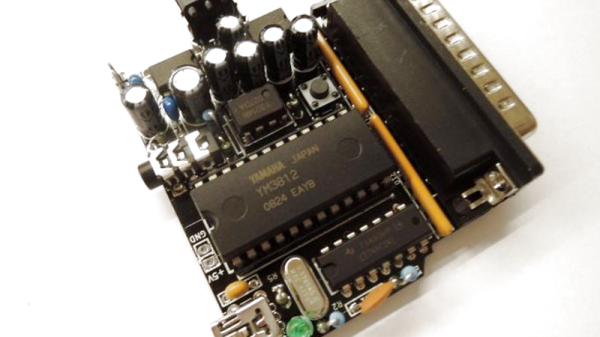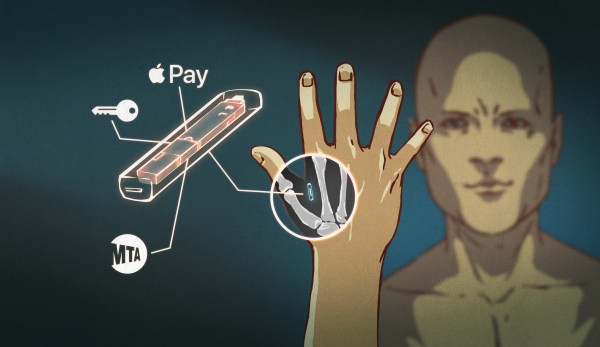How do you start a good habit? As a blogger, someone who spends a spectacular amount of time on Twitter, and a Thought Leader Life Coach, I can tell you: the best way to start a good habit is by doing it every day. [Arduino Enigma] has just the solution to procrastination, laziness, or whatever else is stopping you from forming a good habit. It’s a good habit tracker, and far too many switches on a single PCB.
The inspiration for this build comes from the master of shitty robots, [Simone Giertz], who built something containing 365 switches and 12 LEDs. The idea is simple: every day, [Simone] would do 10 minutes of yoga and 10 minutes of meditation, then flip a switch. At the end of the month, an LED would light up. Do it every day for a year, and all the lights are on, hopefully beginning a new, good habit.
[Simone]’s version is rather large, and quite possibly used panel-mount switches. Where there’s a will, there’s someone able to make a PCB, so [Arduino Enigma] whipped up a board with 365 switches, 12 resistors, and 12 LEDs.
The circuit for this good habit tracker is extremely simple. It’s simply power going into 30, 31, or 28 switches in series, one after the other. At the end of the month, the LED lights up.
Is it complicated? No, but that’s not exactly the point. We’re hacking behavior here and not electrons, although this is a great example of how PCBs can be simultaneously far too complicated and far too simple.






















